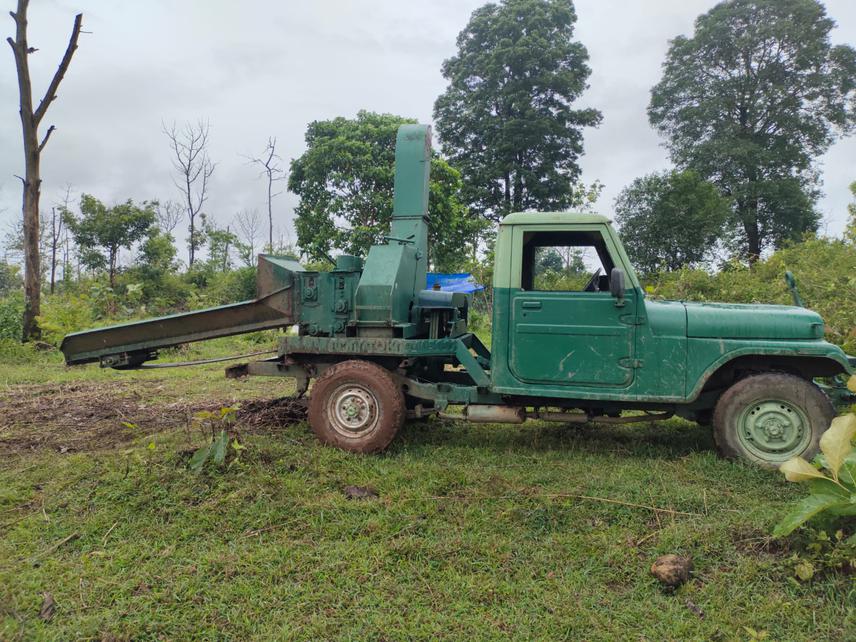Tarsh Thekaekara
Other projects
12 Mar 2012
Adapting to Invasives – A Community Based Approach to Research and Extraction of Lantana Camara
11 May 2015
Living with Invasive Species – A Bottom up Approach to Mapping and Monitoring Lantana camara
Lantana is one of the most invasive plants in the world, taking over vast areas of forests, and destroying native biodiversity. Almost all efforts to eradicate the plant over the last 200 years have failed. It is particularly problematic in the deciduous forests of India.

Jeep Based Lantana Shredder.
Previous mapping efforts show that c.35% (100,000 Ha) of South Indian forests are taken over by Lantana. Costing c.£1000/ha to manually remove, this amounts to £100M. Such funds are unavailable, and so getting the local community to use the plant for their livelihood is perhaps the only solution.
We have been experimenting with ecologically appropriate machines to reduce cost and drudgery in removal of lantana, while also converting the biomass into a usable form so local communities can sell it.
In this project we want to
(a) compare costs of removal for different densities of Lantana using manual, semi-mechanised and fully mechanised options and
(b) shred and sell at least 100 tons of Lantana to examine the economics.
Header: Team members measuring volume of Shredded Biomass.